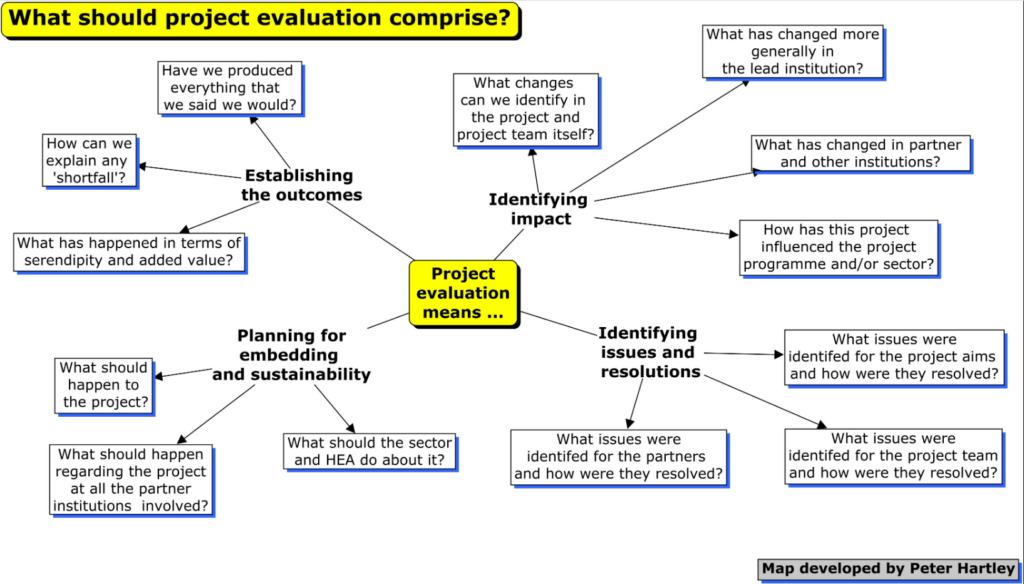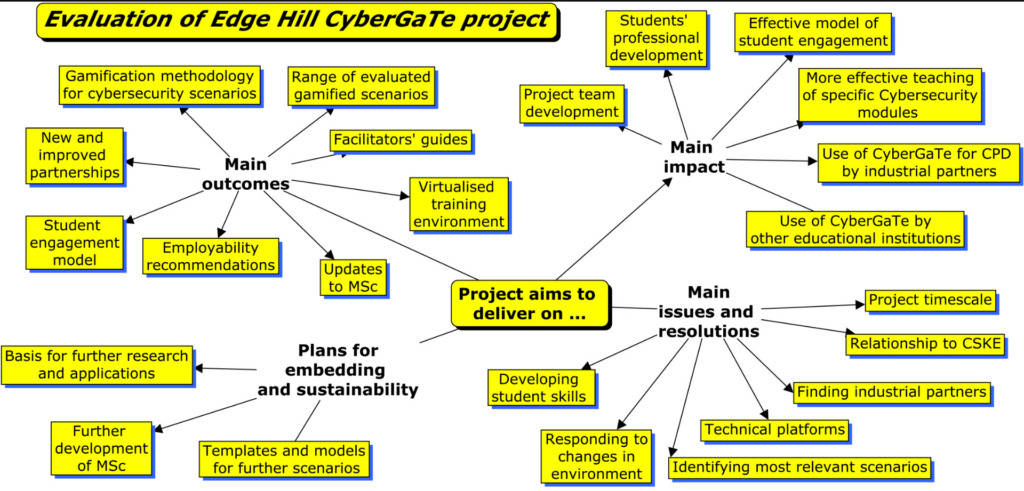- CSKE
- About
- Framework
- PBL Scenarios
- Secure Public Surfing: Public Open Wi-Fi
- Secure Software Development: Security Risks in Application Development
- Secure Software Development: Cryptography
- SME Security Governance
- Incident Response Management
- Social Engineering: Online Financial Management
- SME Risk Assessment
- Emergency Services: Fire Service
- Secure Development: Websites
- Evaluation
Evaluation
The evaluation strategy to be used in the Cyber Security Knowledge Exchange (CSKE) project is a further development of an innovative strategy that has been used successfully in national development projects over the last few years, in particular:
- The JISC project ‘Taking Work-Based Learning Forward in Scotland using the Work-Based Learning Toolkit’
- The JISC Digital Literacy Project from the University of Greenwich – ‘Digital Literacies in Transition’

The main features of the strategy are:
- Focus questions with an emphasis on impact and future development.
- Use of concept mapping as a device for both data capture and communication.
- An iterative process which runs throughout the main project (and potentially beyond as it can then be ‘adopted’ by the project team).
- Evaluation outcomes and outputs which are easy to access and communicate and which are available to the project team for further development after the cessation of project funding.
Focus Questions
Concept map 1, above, summarises the main focus questions which drive the evaluation. These questions are used in an iterative process with all the stakeholder groups.
Concept Mapping
The concept mapping tool used in this and previous evaluations mentioned above is Cmap, available here . This software was chosen for its ease of use, availability, and flexibility. For example, the maps produced can be used and interchanged seamlessly across PC and Mac environments and can easily be exported into a variety of other formats, e.g. jpeg and pdf. It is also now available on the iPad. The maps can contain hyperlinks to other maps, websites and/or documents. The software also incorporates a presentation mode which enables each map to be presented as a complete diagram or as a series of components which build to form the complete map.
Project Overview Map
This map explains the relationship between each component of the project and how these eventually achieve the overall aims of the project:

Iterative Process
The maps produced in the evaluation will be updated regularly and after all key stages in the project timeline. Data collection to support the statements in the maps will require regular interviews with the project team and other stakeholders as well as the review of project outputs. The maps will also be used in workshops to allow the exchange of opinions and data between stakeholders.
Outcomes and Outputs
In the final report, five concept maps will be produced – one to summarise the main headline points emerging from the evaluation and then an individual map on each of the four main areas – outcomes, impact, issues and resolutions, and embedding/sustainability. At the end of the project, all the maps will be available to the project team in both original and presentation formats to allow for any future development and dissemination.

